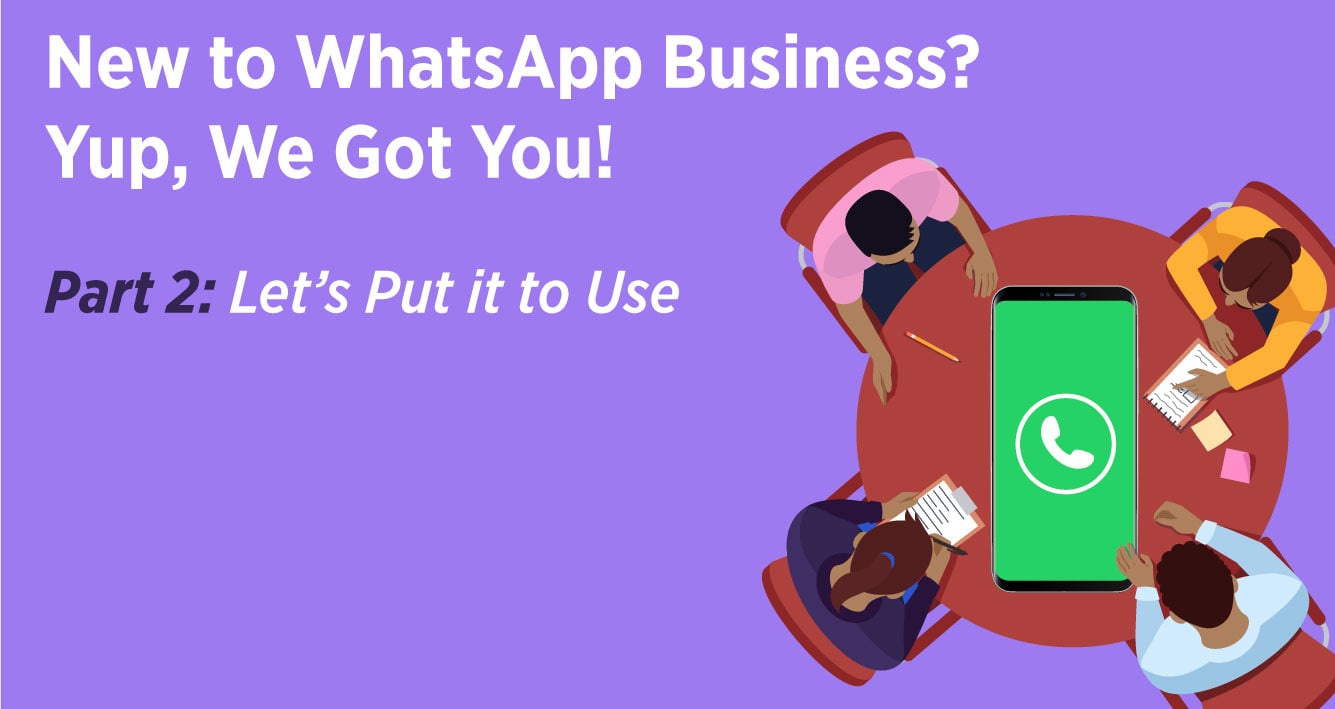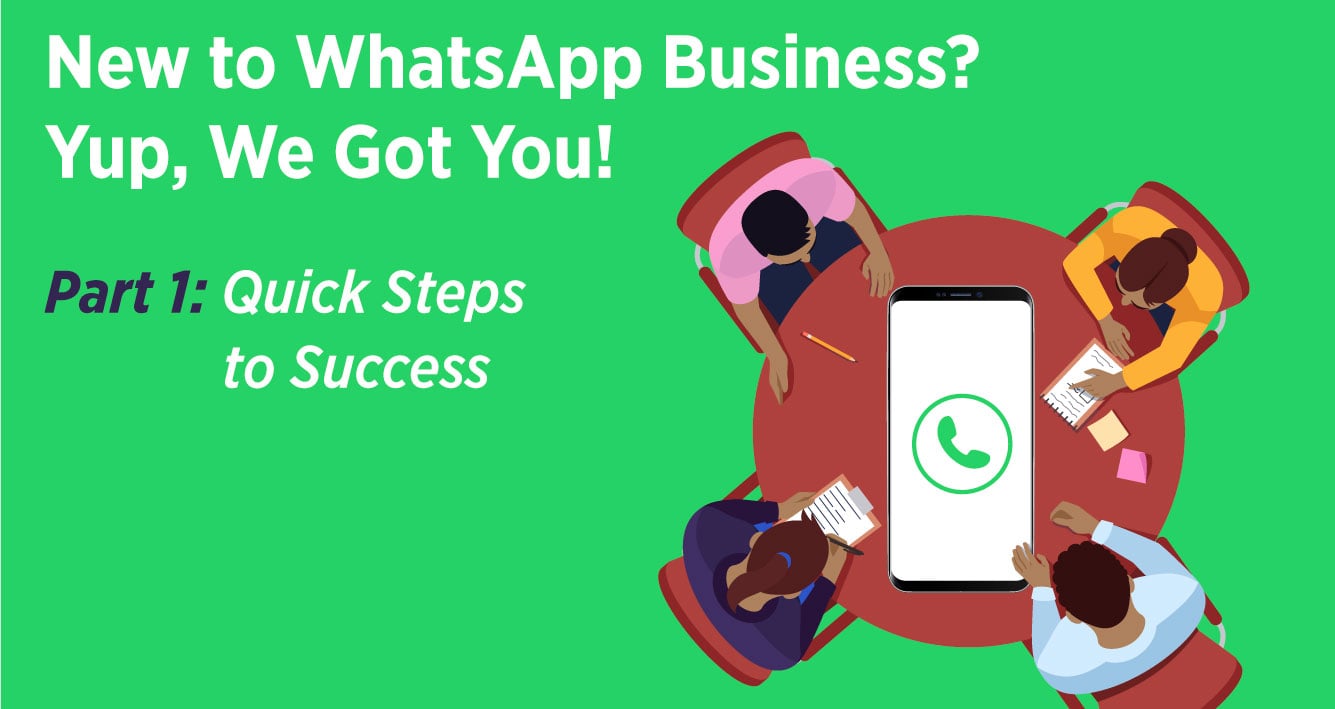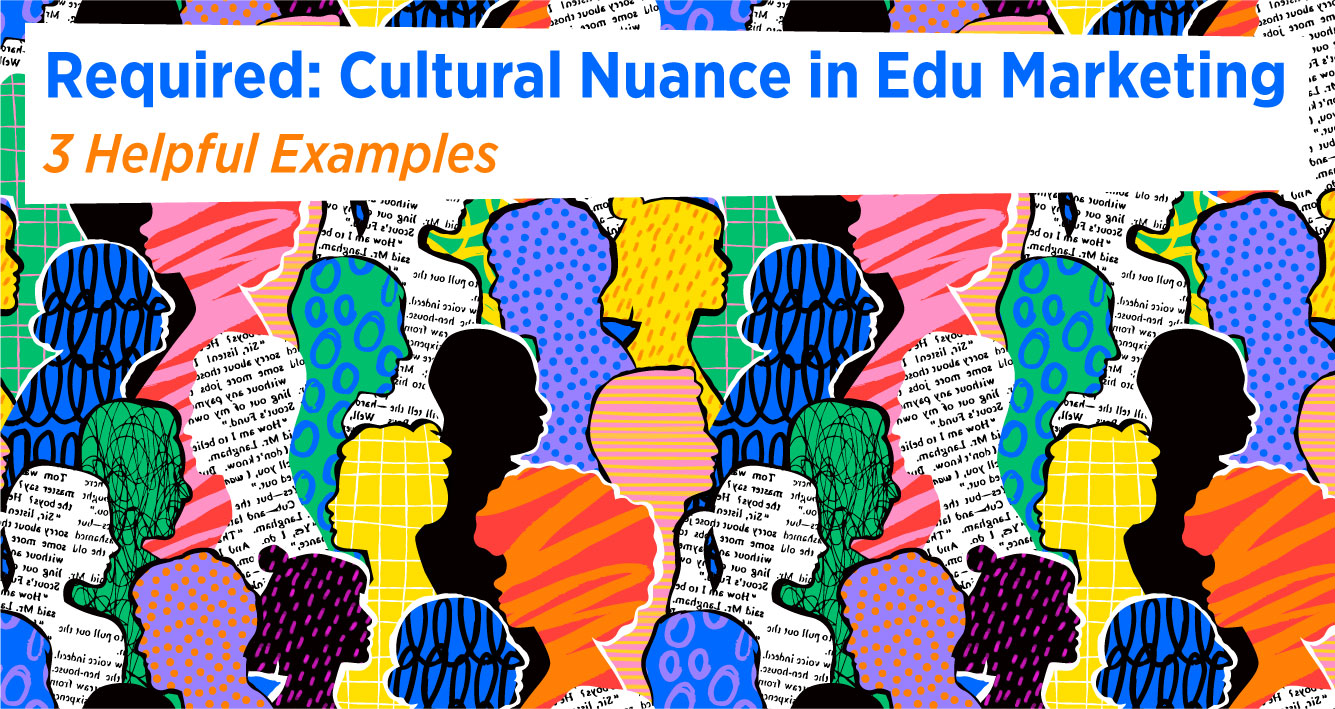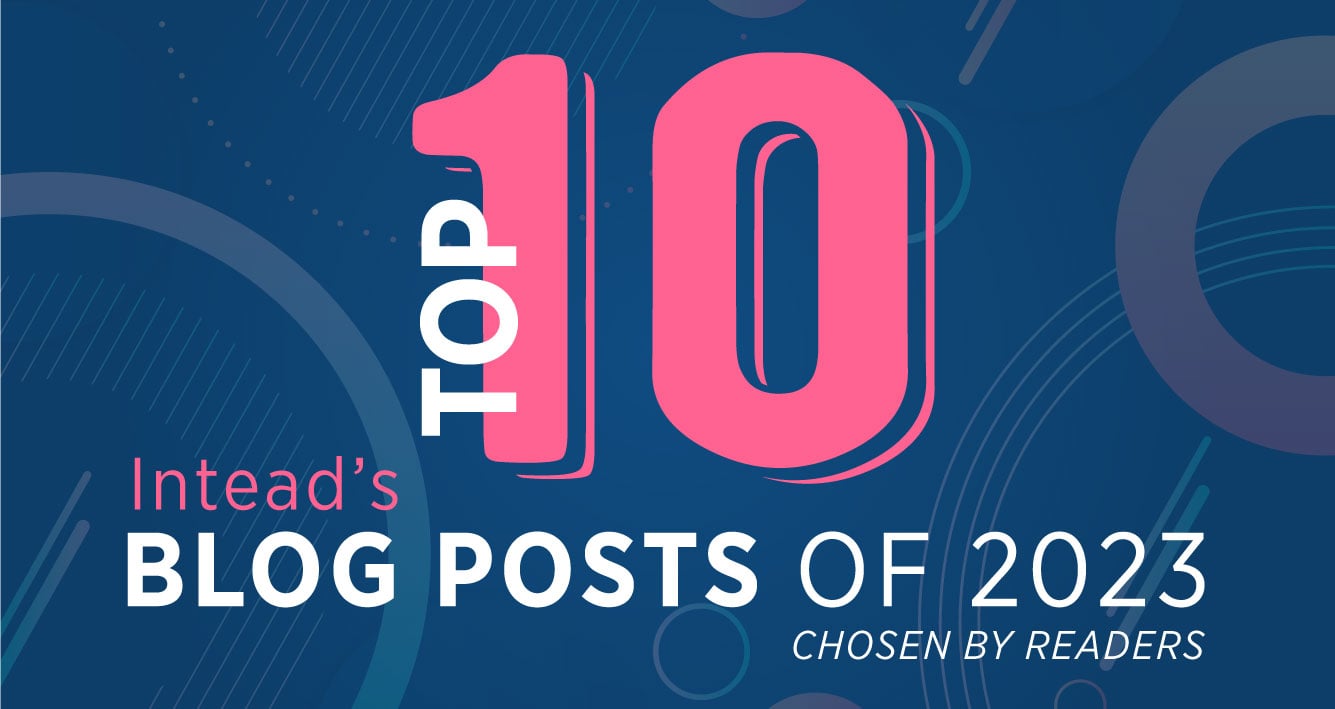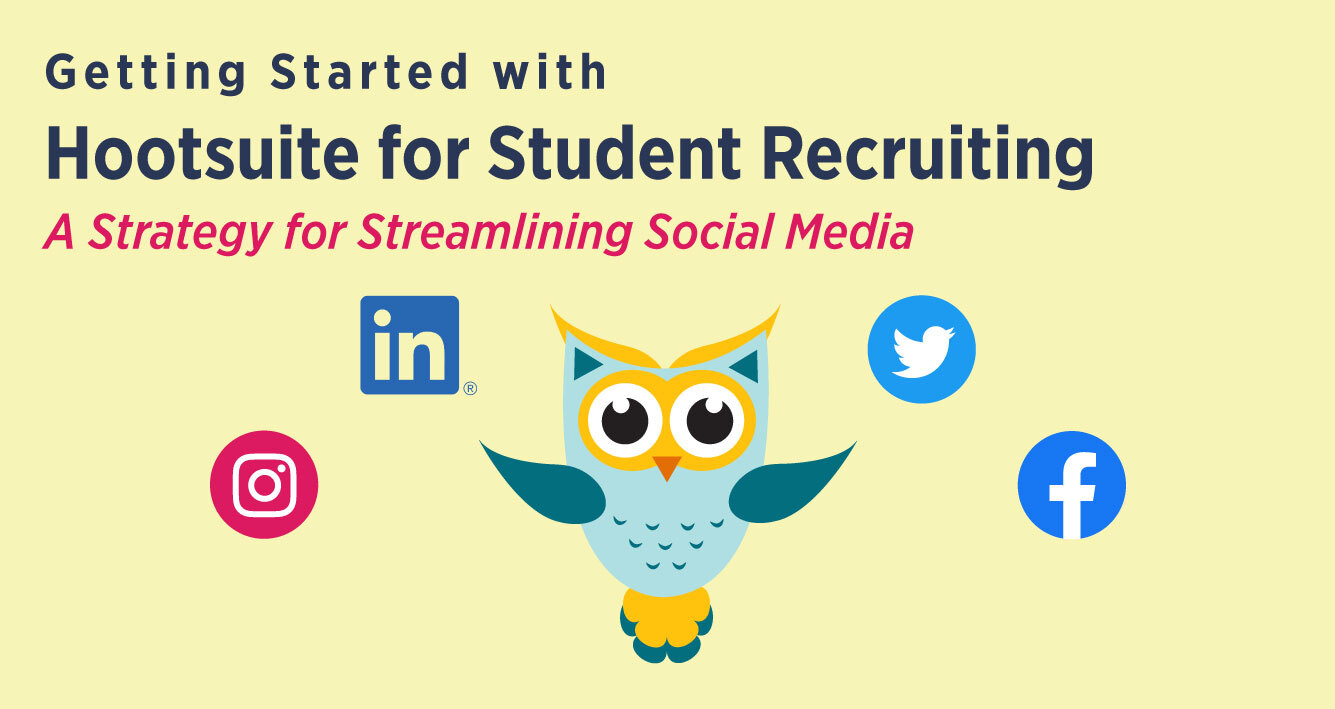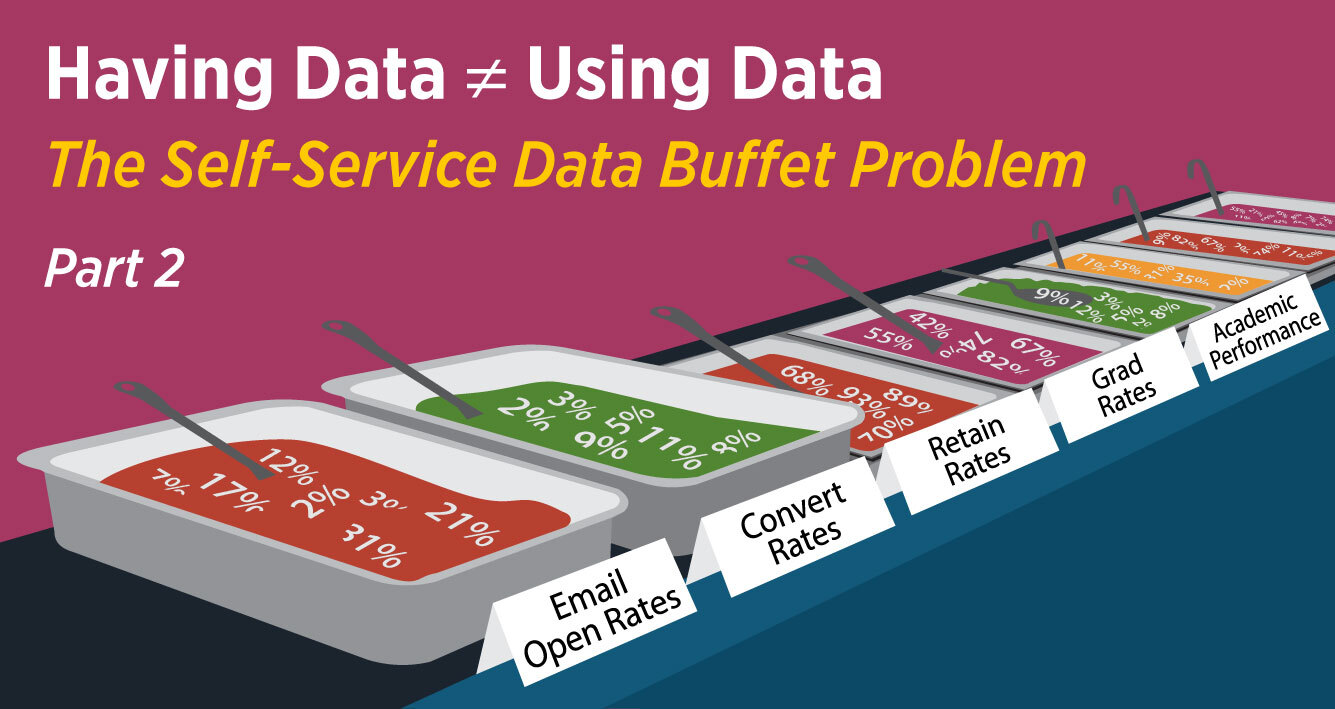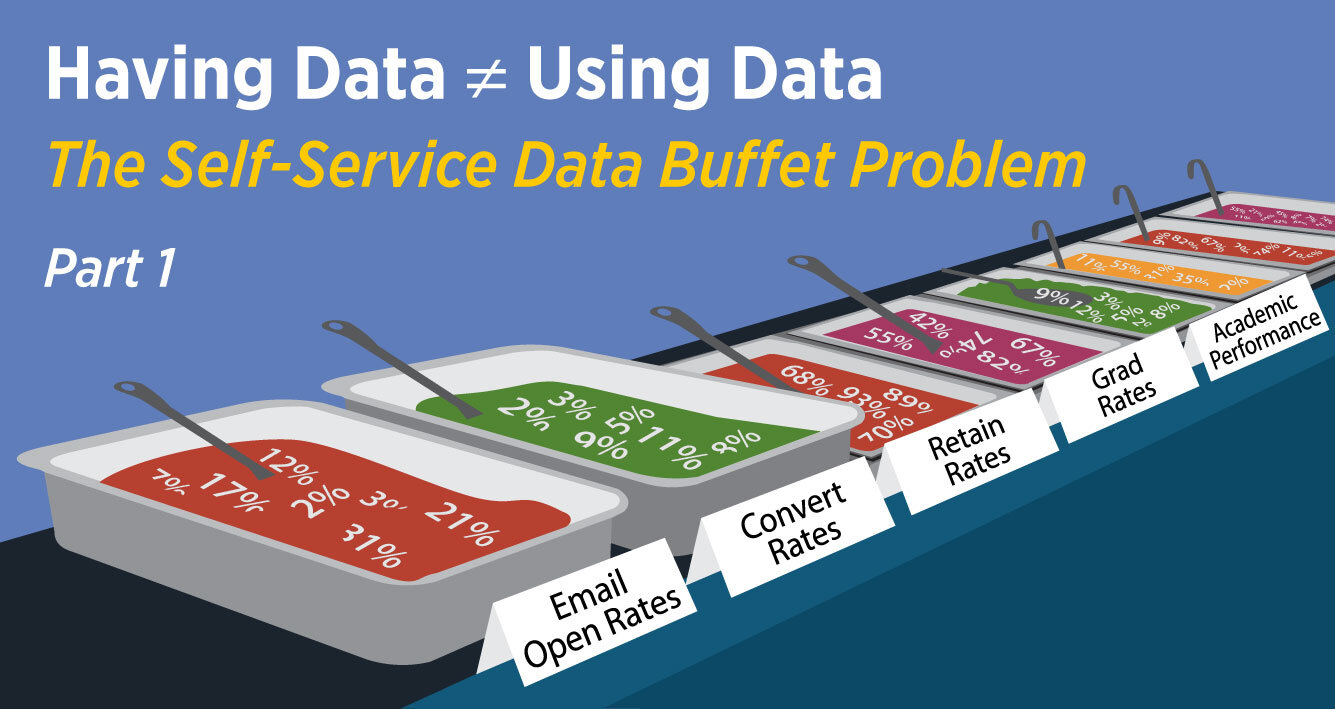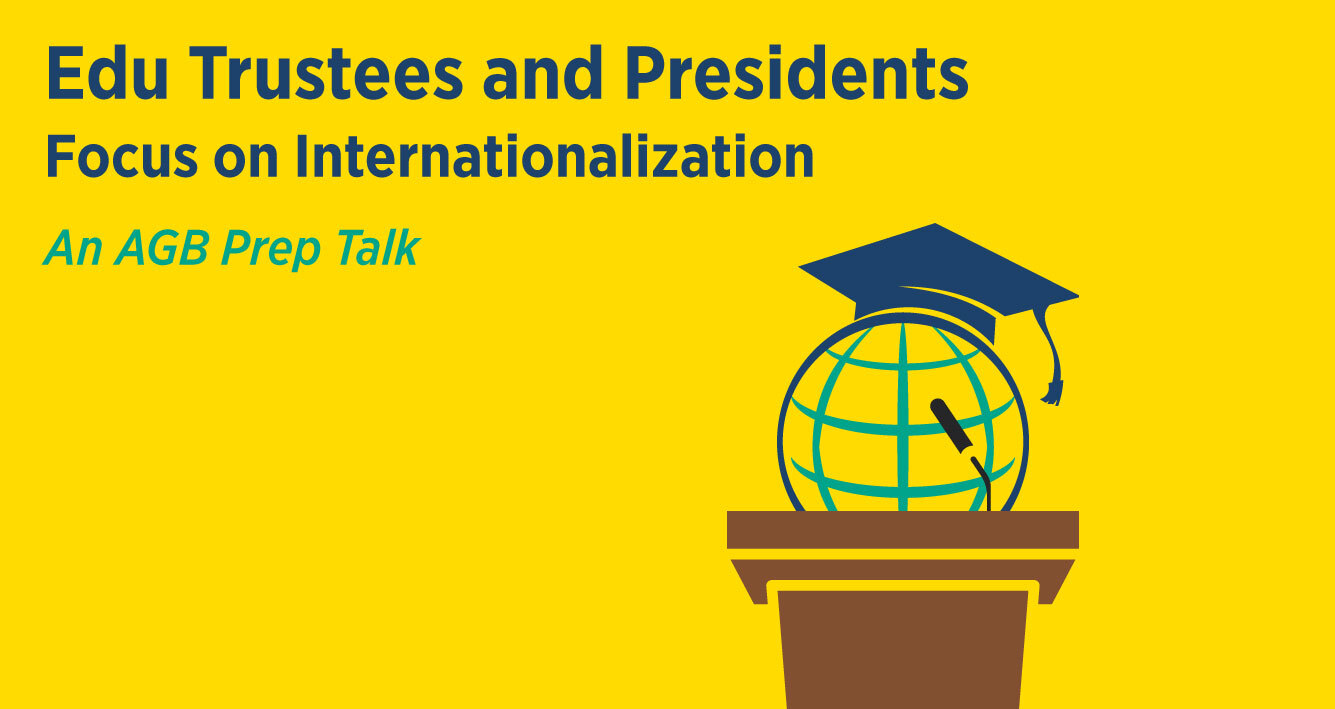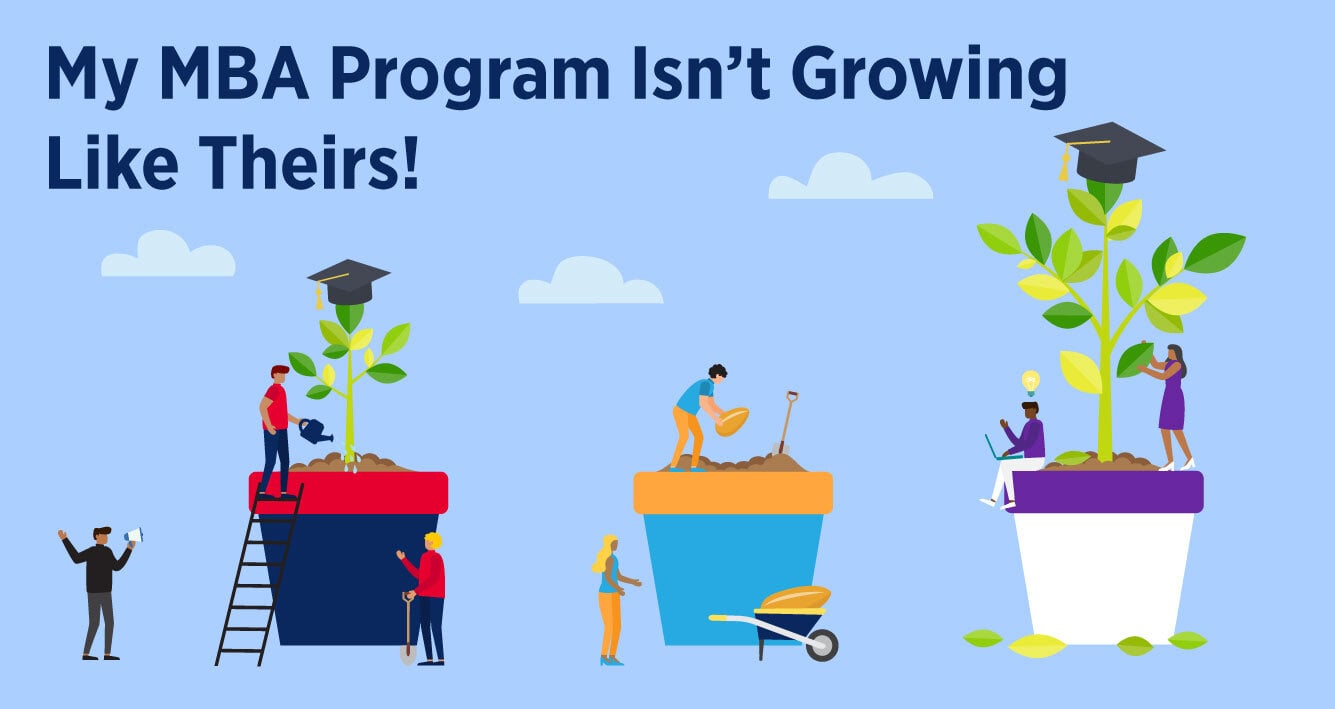If you’re on the fence about WhatsApp, know this: Meta’s goal is to make WhatsApp a household name, whether it is to shop, chat, or stay on top of news and events. That from a recent New York Times article. In it, Will Cathcart, head of WhatsApp confirms what we are already seeing, that the conversation has moved from ‘WhatsApp is the app I use outside the US when I travel,’ to something much more mainstream in the US. Below, we get detailed and actionable about what this means to you.
Word from Apptopia confirms as much. Its numbers show WhatsApp’s daily active users grew by 9% in the US last year, with 50% of these users chatting daily on the app, 78% weekly. Aside from Meta’s interest in cementing this app as the singular messaging tool among consumers worldwide, pundits point to a variety of reasons for the uptick in the US – the preference for messaging versus emailing, the preference for closed-group messaging rather than social media blasts, the increase in post-pandemic international travel, and the app’s ease of use for business communication just to name a few.
Events you won’t want to miss:
Let’s talk international student enrollment at the upcoming AIRC Spring Symposium on April 30. Intead will be presenting on student recruitment marketing budgets – we've got some great new insights to share. Register today!
The Intead team is gearing up for some amazing presentations at:
- ICEF North America in Niagara, Canada, May 1-3, 2024
- NAFSA 2024 Annual Conference and Expo in New Orleans, May 28-31, 2024
- GMAC 2024 Annual Conference in New Orleans, June 19-21, 2024
Let us know if you’ll share a cup of coffee and a conversation about all things global and digital (info@intead.com)
Those who read last week’s post know how we feel. (Get to it!). It just makes so much sense for universities to have a Business WhatsApp account, especially those who work with international students. And now, we believe, for domestic markets, too. Check out our handy, quick-hit, 11-step check list.
Just like last week, this post is the kind of thing you might want to share with your enrollment team and prompt a discussion at the next team meeting. How would you adapt our recommendations to your particular situation (CRM, staff structure, enrollment pipeline, etc.)?
If you are going to be using WhatsApp, we strongly recommend you puppeteer these communications from a WhatsApp Business account. We got into the meat and potatoes of setting these accounts up last week. Now, let’s get to dessert, aka best use practices. Read on…
Read More
